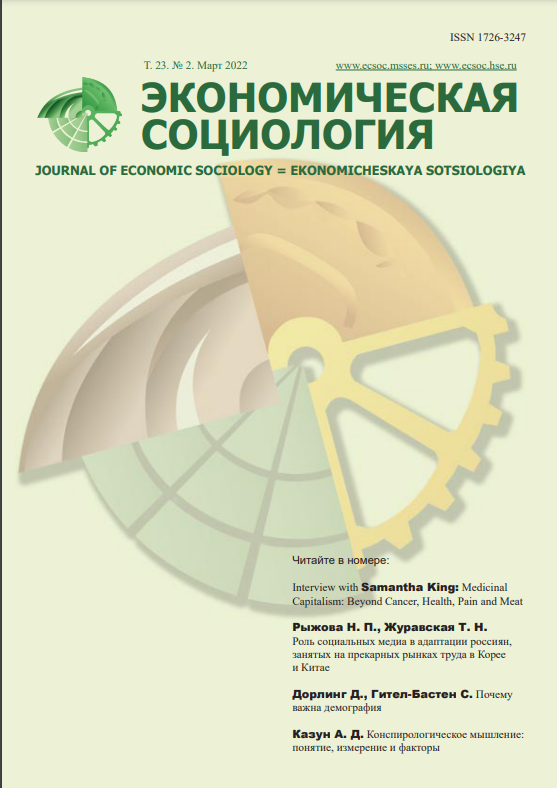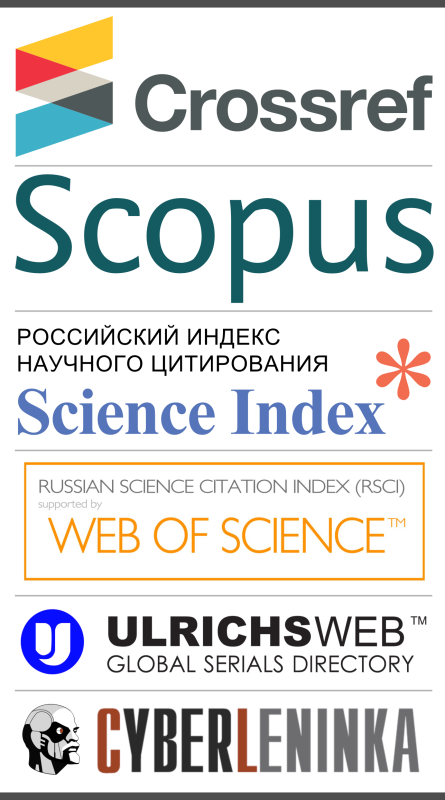Conceptual Approaches to the Study of Spatial Inequality: the Case of Russian Education
Аннотация
In Russia, the sheer size of the country and the diversity of its socio-demographic and economic contexts are factors that greatly shape educational outcomes and student opportunities. Current research on the spatial context of educational inequality is insufficient. There is a risk of underestimation of importance of spatial differences and the challenges they create for researchers and policymakers in the field of education. The purpose of this work is to analyze the existing conceptual approaches to the study of spatial inequality in Russian education. This paper present two conceptual approaches to understanding spatial inequality, and, respectively, two different answers to the question of whether socio-economic differences between territories is the main factor in educational inequality. Much of the existing research on educational inequality in Russia follows the spirit, if not the letter, of “geography of opportunity,” in which spatial inequality is the geographic dimension of social segregation. This approach implies that due to the historically uneven distribution of economic capital in space, geography is becoming a significant factor that limits students’ opportunities in terms of access to educational resources, choice of trajectory and educational achievement. However, this does not take into account the more complex social hierarchy of space, which is described in the works of Bourdieu and his followers. This second approach opens up prospects for studying the symbolic status of space, as well as the spatial capital of individuals, organizations, and the territories themselves. The approaches described in this article introduce new opportunities for educational researchers and pose a number of challenges for educational policy in Russia. This paper also shows the possibilities of operationalizing these concepts for transferring them to the field of education.













